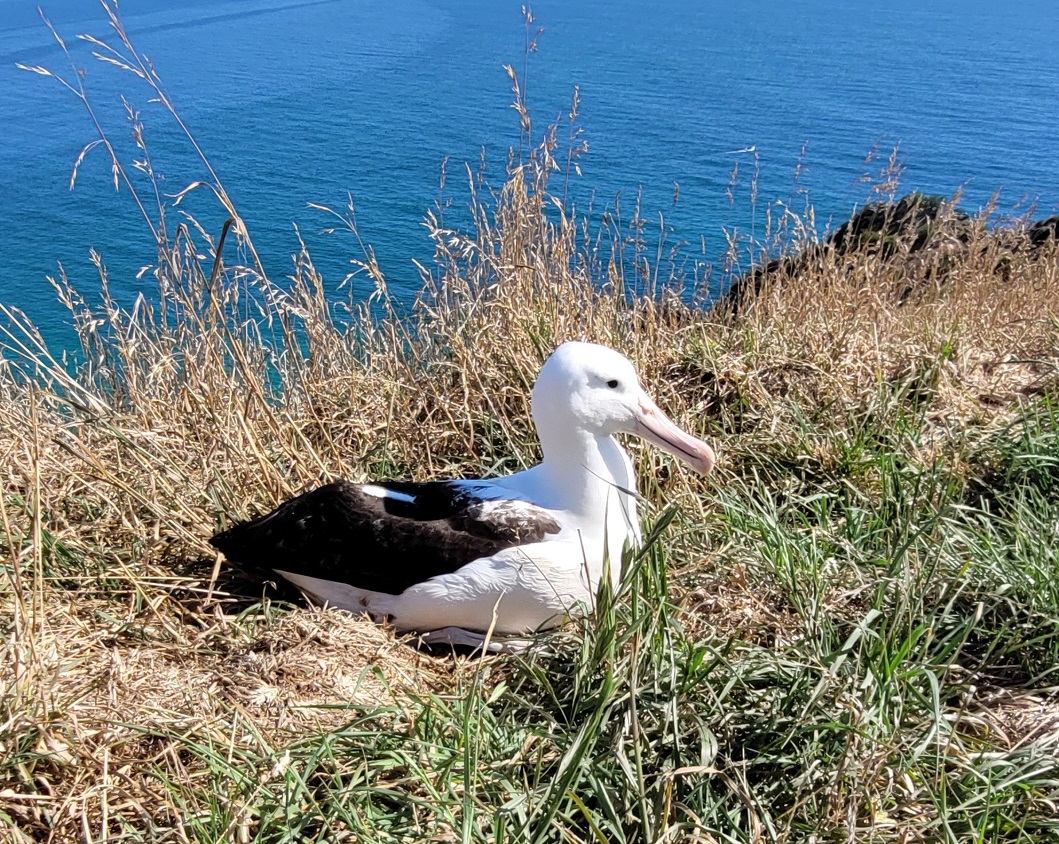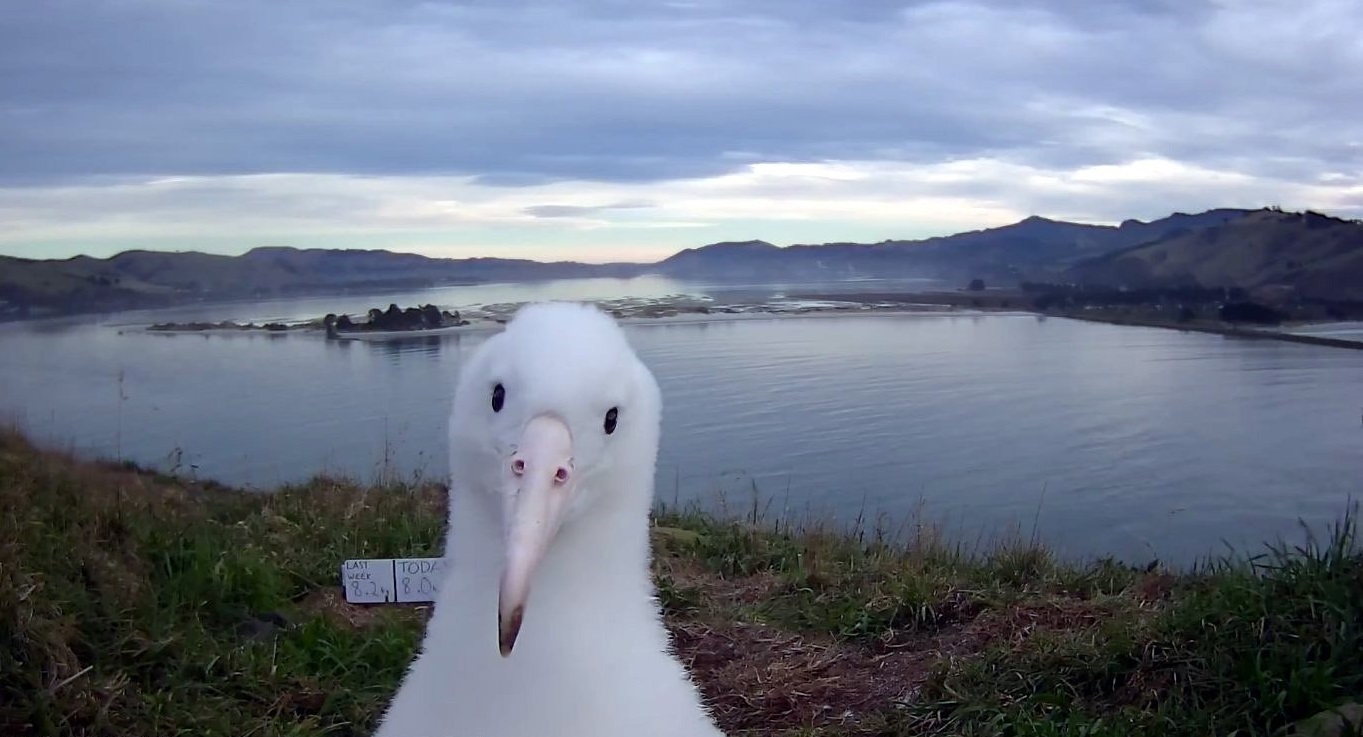Now, nearly seven years to the day after she hatched, Moana, the first star of the Royal Albatross Centre’s "royal-cam", has returned to Taiaroa Head, in Dunedin.
Department of Conservation (Doc) wildlife ranger Sharyn Broni said, since 2016, seven chicks had fledged in front of the webcam’s global audience.
The eighth chick, which had only this week made a pip hole in the shell of its egg, was due to hatch at the weekend.
However, because albatrosses typically returned to the colony any time between four to 10 years after they fledged, and because Moana was the first bird to star on the webcam at the breeding colony, her return was "very exciting" and had been highly anticipated for years.
The bird’s return was confirmed when Mrs Broni identified her by a unique five-digit number on a stainless steel band attached to the bird when she was still a chick.

Moana hatched seven years ago yesterday, on January 18.
After she grew up and fledged on the webcam a calendar made from photos of her exploits was reportedly ordered from faraway spots, including Turkey, the United Kingdom and Canada.
While Doc had not tracked Moana, Mrs Broni had a fair idea where she had spent the past seven years.
The sixth royal-cam chick, Tiaki, was tracked for about the first 10 months of her journey after she fledged.
She spent some time in New Zealand waters and then crossed the Pacific Ocean in about two weeks and spent a lot of time 50km to 70km off the coast of Chile, feeding in the Humboldt Current.
Scientists estimated the birds could fly 1,000,000km before they circled the globe and returned to their natal colony, she said.

Moana would not begin breeding right away, Mrs Broni said.
After returning to the colony it was typically three years before a bird would find a mate.
Summer months were filled with the mate selection process and then birds would hang out together for another summer before laying an egg.
The birds, which could live to be about 40 years old, mated for life, she said.
The royal-cam was set up in January 2016 by Doc.












